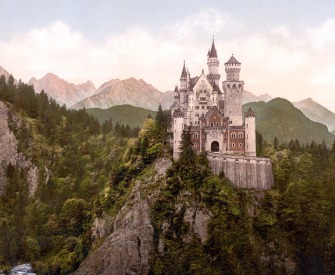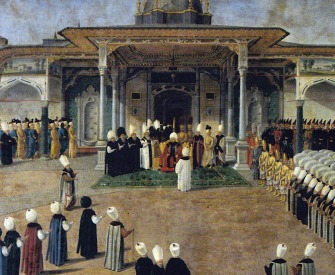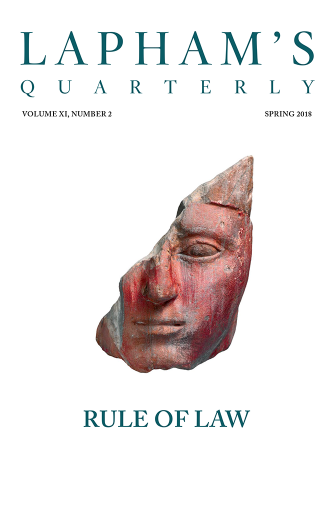Be it heard or not, I must not leave the truth unstated, that it is no question of expediency or feeling whether we shall preserve the buildings of past times or not. We have no right whatever to touch them. They are not ours.
They belong partly to those who built them and partly to all the generations of mankind who are to follow us. The dead have still their right in them; that which they labored for, the praise of achievement or the expression of religious feeling, or whatsoever else it might be which in those buildings they intended to be permanent, we have no right to obliterate. What we have ourselves built, we are at liberty to throw down, but what other men gave their strength and wealth and life to accomplish, their right over does not pass away with their death—still less is the right to the use of what they have left vested in us only. It belongs to all their successors. It may hereafter be a subject of sorrow or a cause of injury to millions, that we have consulted our present convenience by casting down such buildings as we choose to dispense with. That sorrow, that loss, we have no right to inflict. Did the cathedral of Avranches belong to the mob who destroyed it, any more than it did to us, who walk in sorrow to and fro over its foundation? Neither does any building whatever belong to those mobs who do violence to it. For a mob it is and must be always; it matters not whether enraged or in deliberate folly; whether countless or sitting in committees; the people who destroy anything causelessly are a mob, and architecture is always destroyed causelessly. A fair building is necessarily worth the ground it stands upon, and will be so until central Africa and America shall have become as populous as Middlesex; nor is any cause whatsoever valid as a ground for its destruction. If ever valid, certainly not now, when the place both of the past and future is too much usurped in our minds by the restless and discontented present. The very quietness of nature is gradually withdrawn from us; thousands who once in their necessarily prolonged travel were subjected to an influence from the silent sky and slumbering fields, more effectual than known or confessed, now bear with them even there the ceaseless fever of their life, and along the iron veins that traverse the frame of our country beat and flow the fiery pulses of its exertion, hotter and faster every hour. All vitality is concentrated through those throbbing arteries into the central cities; the country is passed over like a green sea by narrow bridges, and we are thrown back in continually closer crowds upon the city gates. The only influence which can in any wise there take the place of that of the woods and fields is the power of ancient architecture. Do not part with it for the sake of the formal square or of the fenced and planted walk, nor of the goodly street nor opened quay. The pride of a city is not in these. Leave them to the crowd—but remember that there will surely be some within the circuit of the disquieted walls who would ask for some other spots than these wherein to walk, for some other forms to meet their sight familiarly: like him who sat so often where the sun struck from the west, to watch the lines of the dome of Florence drawn on the deep sky, or like those, his hosts, who could bear daily to behold from their palace chambers the places where their fathers lay at rest, at the meeting of the dark streets of Verona.
From The Seven Lamps of Architecture. Ruskin composed most of this work amid the upheavals in 1848, and in the preface he wrote of the defacement that recently had been wrought “by the restorer or revolutionist.” His marriage to Euphemia Gray was annulled in 1854 on the grounds that it had not been consummated, although in a legal deposition Ruskin claimed, “I can prove my virility at once.” He coined the term pathetic fallacy to mean the attribution of human traits or emotions to inanimate objects or animals.
Back to Issue



